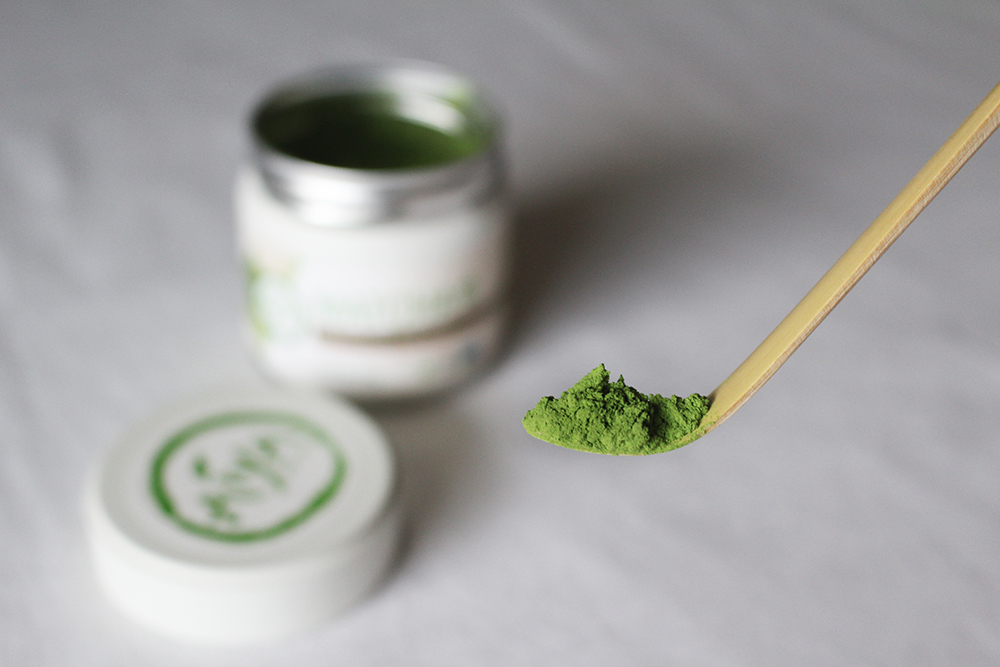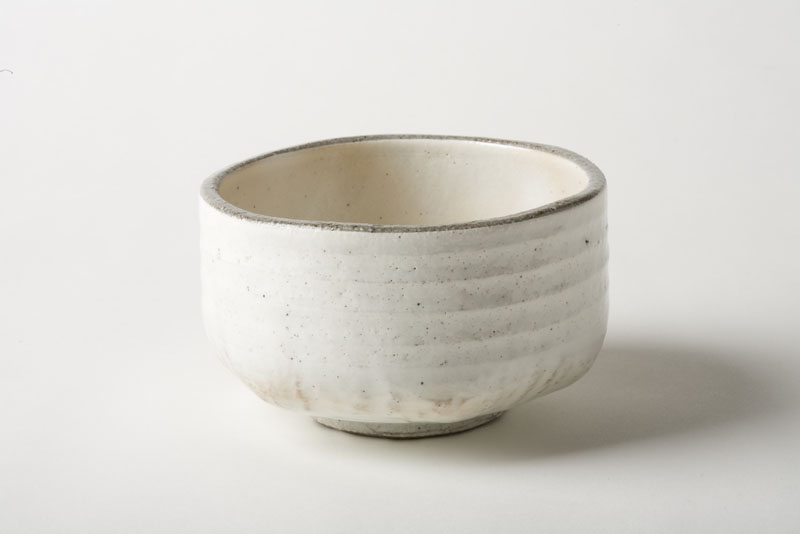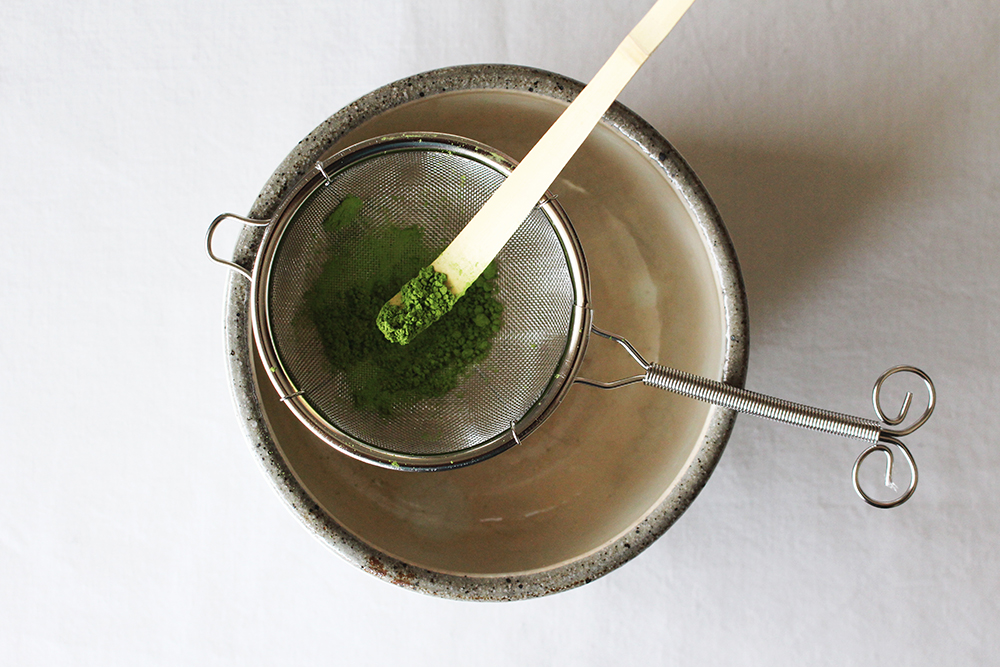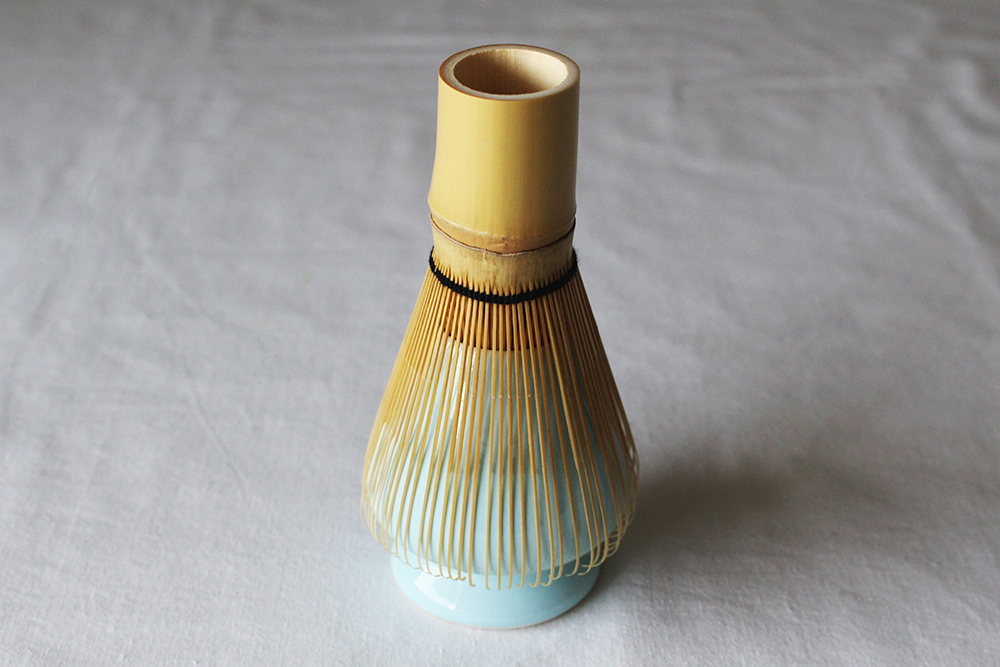How To Prepare Matcha Green Tea
Posted by Aiya Matcha on Jun 16th 2020
All teas are not created equal - so it should come as no surprise that all teas are not prepared the same way. When evaluating teas, the process of preparing a rich, amazing cup of tea is as important as the tea itself.
Most people associate making tea with two things: hot water and dried tea leaves (in a bag or infuser). That process specifically refers to steeping, the act of soaking dried tea leaves in water to extract flavor. However, Matcha green tea is prepared differently than its other tea counterparts.
For the best Matcha making experience, it is recommended to pick up a few key items: a high-quality ceremonial grade Matcha green tea; a bamboo whisk, a tea bowl, and more. On-the-surface, though the process may seem a bit complicated, it can actually become a relaxing morning ritual. Regardless, if you are new to this amazing superfood, we’re here to help!
Matcha Green Tea: Main Ingredient
Believe it or not, the quality and type of Matcha is an important factor in your experience. The first step is deciding between purchasing a ceremonial or culinary grade. For daily drinking as strictly a hot tea, a ceremonial grade is preferred, since the powder is specially blended to be smoother and sweeter.
When visually inspecting a ceremonial grade, look for a vibrant jade green color. The bright color stems from the preservation of chlorophyll, which results from Matcha’s shade-growing process. Another way to distinguish between the different grades of Matcha is through the texture of the powder. In general, a high-quality Matcha feels extremely fine to the touch (like baby powder), while low-quality Matcha feels coarser.
Matcha Accessories: Keys to Success
Once you’ve chosen the perfect Matcha for your daily drinking experience, make sure to pick up these key accessories.
Bamboo Scoop

A bamboo scoop, or chashaku, is the perfect tool to loosely measure the amount of Matcha per serving; we recommend two heaping scoops. Not only can it portion the Matcha, but it can also break up natural clumps. The flat bottom is used to strategically push the powder through a sifter, which creates less dense Matcha particles before whisking.
Bamboo Whisk
Creating that delicious, frothy cup of Matcha green tea doesn’t come naturally. In order to achieve that rim of foam, a bamboo whisk, or chasen, is needed. This instrument is designed and hand crafted from white bamboo. When whisking, the hand carved strands help to aerate the tea, as the water flows between creating a gorgeous froth.
Tea Bowl

For a true Matcha ceremony experience, it is recommended to create and drink the tea in a bowl. The larger rim width of the tea bowl allows a greater surface area to whisk the Matcha. In addition, the tea bowl is usually made from a Japanese style of pottery called Bizen. Due to its high-temperature firing and absence of glaze, the tea bowl works as a sturdy surface.
Hand Sifter (Optional)

Though this tool is optional, the hand sifter greatly improves the process of making Matcha green tea. Whether it is high or low quality, Matcha is a pure, ground tea powder, which causes the particles to naturally clump. By pushing Matcha through a sifter, it ensures that it returns to its beautiful baby powder like texture that can easily be whisked.
Whisk Holder (Optional)

A whisk holder, or kuse naoshi, is also an optional tool. It preserves the quality of the whisk in the long run by maintaining its natural shape. Plus, it allows the whisk to dry faster, which prevents molding. Make sure to put the whisk in the correct way, though!
addition, the tea bowl is usually made from a Japanese style of pottery called Bizen. Due to its high-temperature firing and absence of glaze, the tea bowl works as a sturdy surface.
Making Matcha: The Process
High-quality ceremonial Matcha, check. Accessories, check. Now you’re ready to make Matcha green tea! Here is the step-by-step process:
1. Boil Water
Though this seems like an easy step, the quality and temperature of water play a huge role in the process. We recommend boiling about 9 ounces of soft quality purified water until it reaches 180 degrees (Fahrenheit). Any higher temperature will release the tannins, an astringent polyphenolic biomolecule, naturally found in tea leaves. Find out more about the importance of water in Matcha and tea.
2. Measure and Sift 2 bamboo scoops of Matcha
Multitask while the water heats up by preparing the Matcha. Grab a tea bowl and rest the sifter on the rim. Using the bamboo scoop, measure out 2 scoops of Matcha green tea powder and place it in the sifter. Gently push the Matcha powder through the sifter to break up clumps.
3. Pour 2-3 ounces of Hot Water into the Tea Bowl
Once the soft water is heated to 180 degrees (Fahrenheit), pour 2-3 ounces of hot water into the bowl. Avoid pouring any more than that amount. An excess of water makes it harder to create the delightful froth that Matcha green tea is known for.
4. Briskly Whisk in a "W" or "M" Motion
Using the bamboo whisk, briskly whisk the Matcha green tea powder in the hot water using a “W” or “M” motion. This whisking process aerates the tea, creating a nice frothy layer on the surface. Once the foam forms, gently use the whisk to rub the surface of the tea to break any large air bubbles. To clean the whisk, carefully rinse it under water (no soap needed!) and return it back to the whisk holder so it can retain its shape.
5. Add up to 6-7 ounces of Hot Water
Based on preference, add hot water to the frothy bowl of Matcha. For a stronger flavor, use less water.
6. Enjoy!
Not only is Matcha enjoyable to make, it is enjoyable to drink. For an energizing boost that lasts all day, simple create a hot, fresh cup in the morning. It's earthy, mildly sweet aroma and flavor engages all the senses to make an everyday delight!
As with anything, preparing a perfect cup of traditional Matcha green tea takes practice. With time and our tips from the Matcha masters, we hope that you’re well equipped for your next bowl of Matcha. Cheers!

 Welcome to Aiya's website! FREE standard shipping available for retail consumer orders over $50 & wholesale orders over $500 (U.S. and Canada).
Welcome to Aiya's website! FREE standard shipping available for retail consumer orders over $50 & wholesale orders over $500 (U.S. and Canada). 